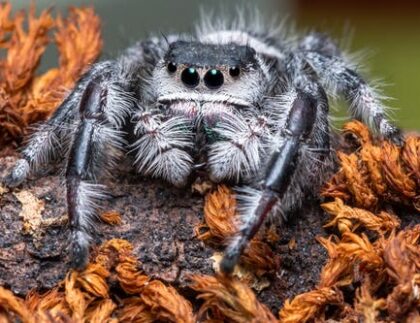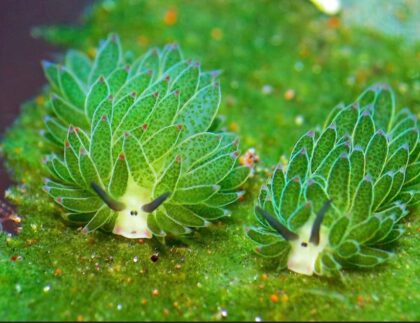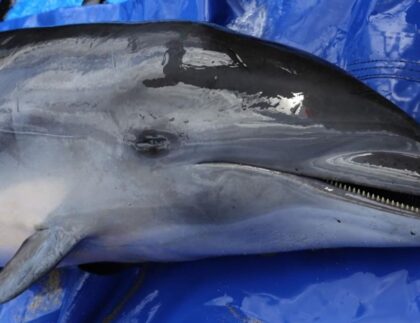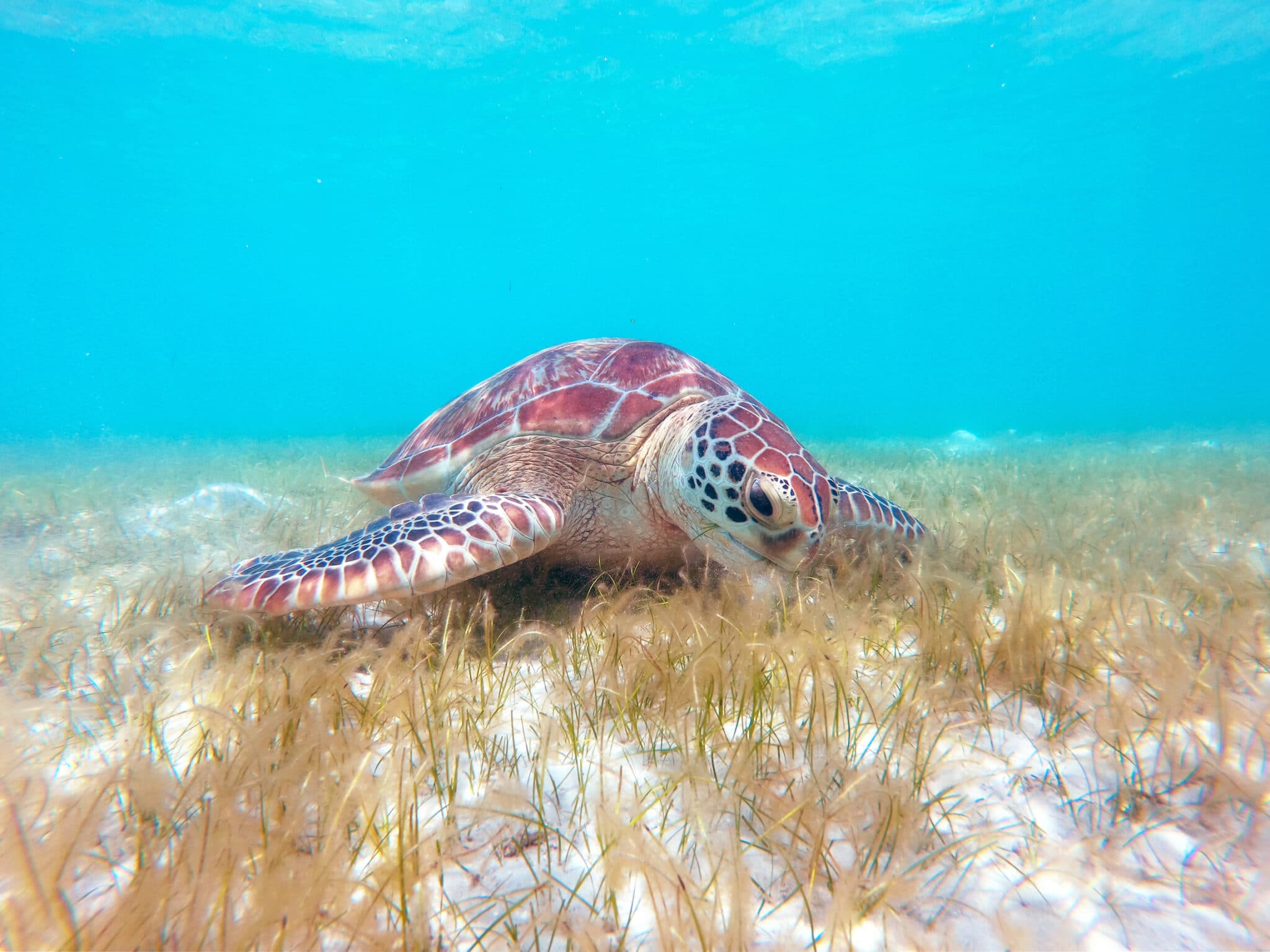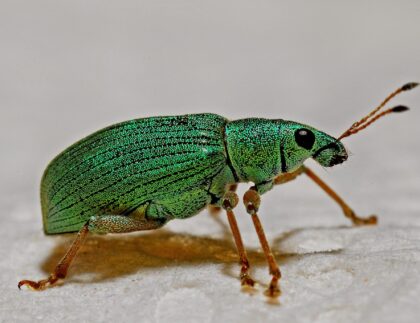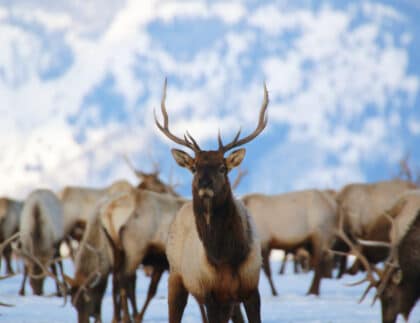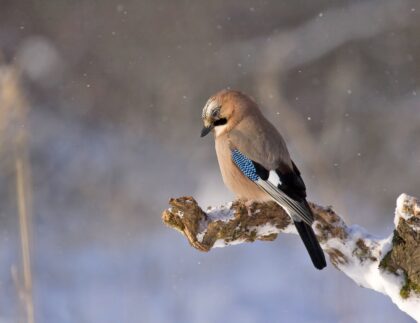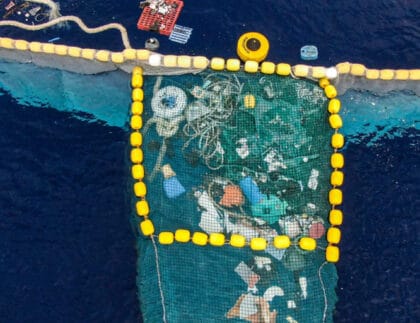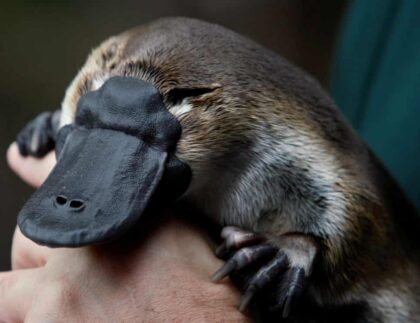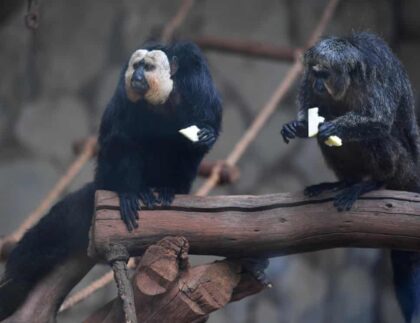While there's no replacement for experiencing nature in real life, our Armchair Naturalist corner is a place for kids to read the facts, news and stories about the fascinating world of wildlife and nature so they will grow more deeply in love with the natural world.
Sign up for weekly updates here and help nurture your child's love of nature.
A new study finds that elements such as zinc and copper mix with natural proteins to give creatures like spiders, crabs, and other invertebrates powerful and durable stingers, claws, and jaws. By analyzing the proteins and heavy metals at a molecular level, researchers found that individual metal atoms are woven into the proteins to create...
‘Leaf sheep’ is a bizarre kind of sea slug that is biologically named ‘Costasiella Kuroshimae.’ It is the only organism in the entire world that is not a plant yet is able to photosynthesize. This sheep is also able to produce enough energy through kleptoplasty that helps them stay alive for at least 2 months...
New research published in Scientific Reports reveals morbillivirus-a disease related to human measles and smallpox that has killed off large numbers of cetaceans – whales, dolphins and porpoises – around the world has claimed the life of another dolphin. Cetacean morbillivirus is an airborne virus that can spread rapidly between very social species like whales and dolphins....
According to new research published in Biotropica, marine mega-herbivores including dugongs and sea turtles play a pivotal role in spreading or dispersing, seagrass seeds throughout the ocean. Scientists discovered that the tiny seeds can disperse over hundreds of miles, and germinate rapidly, after they are ingested and then pooped out by dugongs (Dugong dugong) or...
When it comes to learning about nature, one type of critter that little naturalists will not have trouble finding are insects. Insects are the most numerous of all life forms on earth. Go out looking for them, you’ll find them almost everywhere. There are about 10 quintillion on Earth, including about 10 quadrillion ants. But...
NWF | DECEMBER 16, 2020 In this piece, the National Wildlife Federation highlights nine wildlife success stories from 2020. Here’s (finally) a good story that highlights habitat and research wins such as the passage of the Great American Outdoors Act, a historic win for wildlife in which parks, waterfront access, hiking trails, wildlife refuges were...
EcoWatch | December 8, 2020 A new study published in Ecological Economics and focused on European residents found that happiness is related to the number of bird species an individual encounters in daily life. For the study, researchers used data from the 2012 “European Quality of Life Survey” to explore the connection between species diversity...
Mongabay | November 25, 2020 Researchers at the Leibniz Centre for Tropical Marine Research in Bremen, Germany designed a study to understand if an ocean cleanup device such as the one used by the nonprofit The Ocean Cleanup is effective in cleaning growing ocean waste. The device works like a “giant Pac-Man,” sweeping up the...
The Guardian| November 22, 2020 The amount of platypus habitat in Australia has shrunk by 22% in 30 years and the animal should now be listed as a nationally threatened species, according to new research. Scientists from the University of New South Wales, along with three of Australia’s largest environmental organizations – the Australian Conservation...
The Guardian | November 6, 2020 As part of an experiment to see how technology could improve the wellbeing of captive animals, researchers at Helsinki’s Korkeasaari Zoo installed a tunnel fitted with sensors in a monkey enclosure, giving the primates the chance to choose to listen to the sounds of rain, traffic, zen sounds or...



